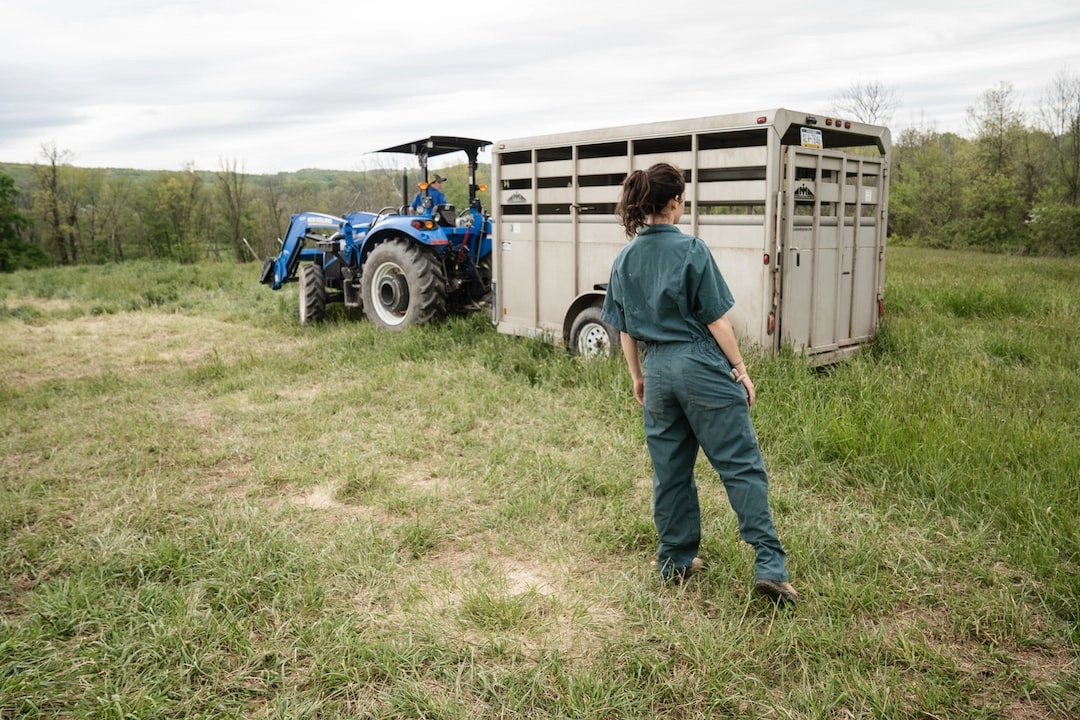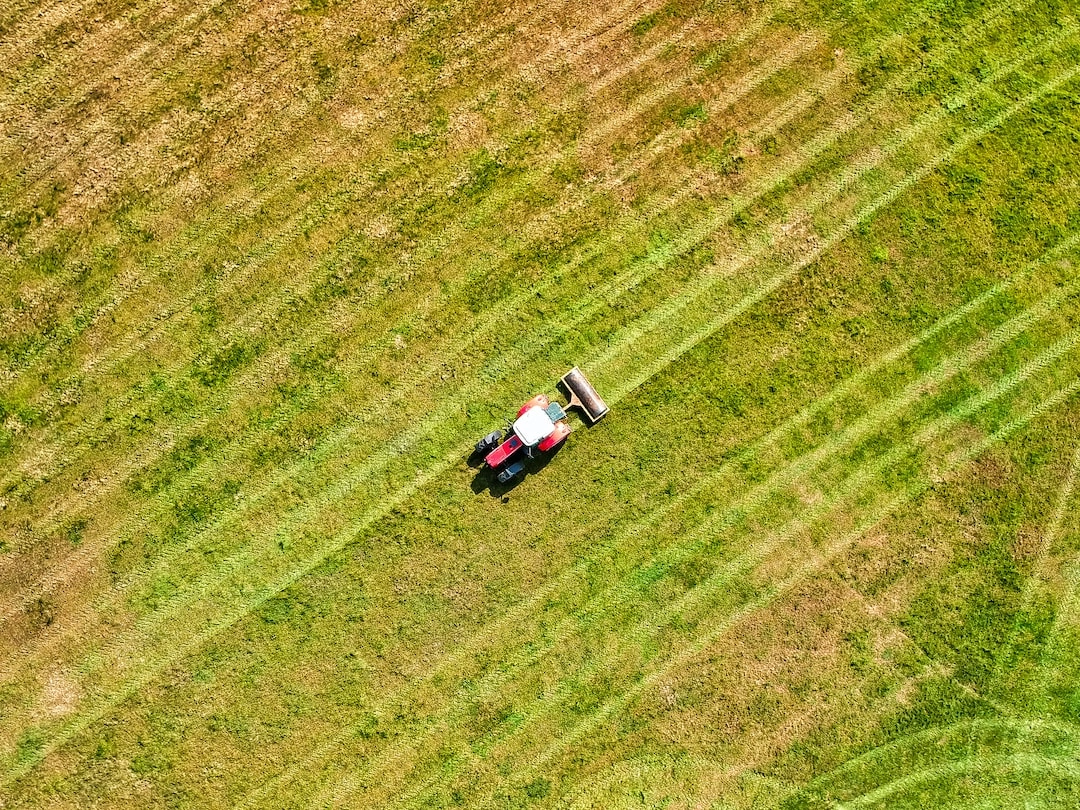
What is Regenerative Agriculture?
Regenerative agriculture is an innovative approach to farming that aims to restore and improve the health of the soil, enhance biodiversity, and promote ecosystem resilience. It goes beyond sustainable farming practices by actively replenishing and regenerating natural resources, rather than just minimizing negative impacts. This holistic farming system focuses on building healthy soil, promoting carbon sequestration, and nurturing diverse plant and animal life.
Exploring the Power of Regenerative Agriculture
Regenerative agriculture has gained significant attention in recent years due to its potential to address multiple ecological and social challenges. Let’s dive into some of the key benefits and real-world problems associated with this transformative agricultural approach:
1. Soil Health and Carbon Sequestration
One fundamental aspect of regenerative agriculture is the restoration and improvement of soil health. Healthy soil acts as a natural carbon sink, capturing and storing significant amounts of carbon dioxide from the atmosphere, thus mitigating climate change. This kind of farming practices enhances soil organic matter, improves water retention capacity, and increases nutrient availability, resulting in higher crop yields.
2. Biodiversity Conservation
Regenerative agriculture emphasizes the importance of biodiversity in farming systems. By promoting diverse crop rotations, integrating cover crops, and minimizing the use of synthetic pesticides and fertilizers, this approach fosters a more resilient and balanced ecosystem. Biodiversity conservation enhances natural pest control, pollination, and nutrient cycling, ensuring the long-term sustainability of agricultural landscapes.
3. Water Management and Conservation
With the increasing water scarcity challenges globally, regenerative agriculture offers alternative techniques for water management and conservation. By improving soil structure and organic matter content, it enhances water infiltration and reduces runoff, helping to recharge groundwater reserves. This approach reduces the need for excessive irrigation and promotes resilience to droughts, benefiting both farmers and ecosystems.
4. Smallholder Empowerment and Food Security
Regenerative agriculture has the potential to empower smallholder farmers and improve food security in local communities. By shifting away from intensive chemical agriculture, which often requires expensive external inputs, regenerative practices can be more affordable and accessible, enabling small farmers to enhance their livelihoods and produce nutritious food using environmentally friendly methods.
5. Climate Resilience
Climate change poses significant challenges to agriculture, but regenerative practices can help build resilience. By sequestering carbon in the soil, reducing the need for synthetic fertilizers, and minimizing greenhouse gas emissions, regenerative agriculture contributes to climate change adaptation and mitigation efforts. Farming systems that prioritize diversity and healthy soil can better withstand extreme weather events, ensuring a more secure food supply for future generations.
Conclusion
Regenerative agriculture holds great promise as a sustainable and transformative approach to farming. By prioritizing soil health, biodiversity, water management, smallholder empowerment, and climate resilience, it offers real-world solutions to many pressing environmental and social challenges. By implementing regenerative practices, farmers and communities can contribute to building a more sustainable and resilient food system for the future.

Solutions: Harnessing the Power of Regenerative Agriculture
Regenerative agriculture offers a range of solutions to address ecological and social challenges in the field of farming:
1. Soil Health and Carbon Sequestration
Implementing regenerative practices such as cover cropping, crop rotation, and minimal tillage can foster healthy soil, increase organic matter, and sequester carbon. By adopting these techniques, farmers can enhance crop productivity while mitigating climate change.
2. Biodiversity Conservation
By incorporating diverse crop rotations and reducing inputs like synthetic pesticides and fertilizers, regenerative agriculture supports biodiversity conservation. This promotes natural pest control, pollination, and nutrient cycling, ensuring resilient and sustainable farming systems.
3. Water Management and Conservation
Adopting regenerative practices improves soil structure and water retention capacity, reducing the need for excessive irrigation. This promotes efficient water management, helps recharge groundwater reserves, and enhances resilience to droughts.
4. Smallholder Empowerment and Food Security
Shifting to regenerative agriculture enables smallholder farmers to reduce costs associated with synthetic inputs while improving yields and enhancing livelihoods. This inclusive approach contributes to food security and empowers local communities.
5. Climate Resilience
Regenerative practices contribute to climate change adaptation and mitigation by reducing greenhouse gas emissions, sequestering carbon, and creating more resilient farming systems. This helps safeguard the food supply and ensures the long-term sustainability of agricultural landscapes.
Conclusion
Regenerative agriculture offers practical solutions for transforming the agricultural sector. By prioritizing soil health, promoting biodiversity, conserving water, empowering smallholders, and building climate resilience, this holistic approach can pave the way towards a more sustainable and resilient food system for the future.















